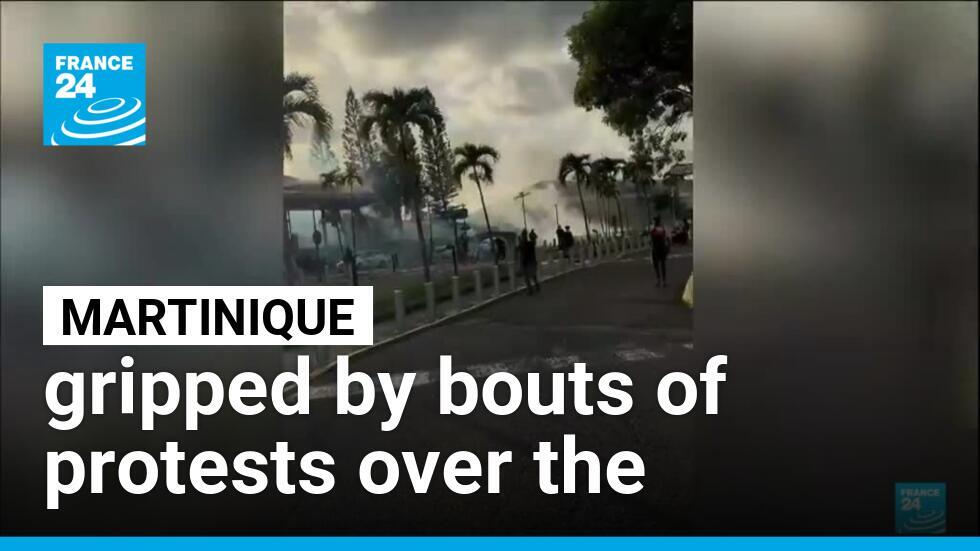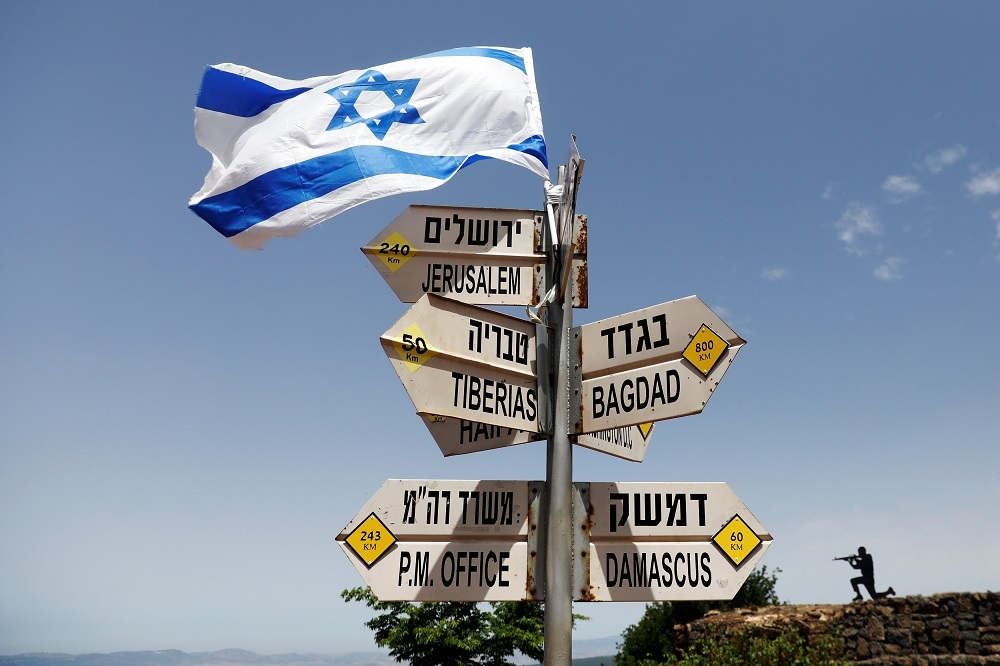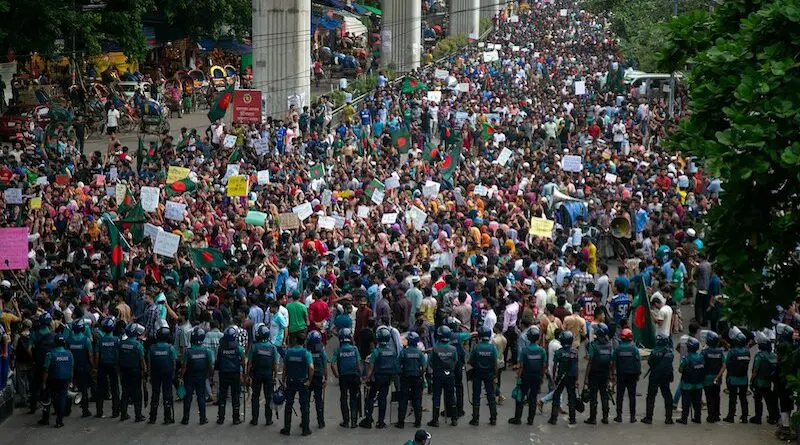The students and the common people of Bangladesh dared to do something in 36 days of July-August that was considered simply impossible by most area experts just days before August 5. They said ‘enough is enough’ to an old order that insulted their humanity, robbed their dignity and imagined their citadel of power simply impenetrable. They refused to bow down to a murderous regime that knew no bounds to its cruelty and plunder of the country. They were ready to sacrifice their precious lives for the greater good of the nation. More than a thousand died, and countless others injured.
Abu Sayeed, a Rokeya University student, was killed by Hasina’s police on July 16. An image is worth a thousand words. It was Abu Sayeed’s image, standing with a stick in his hand, which became the signature statement of this revolution. His unprovoked murder opened the floodgate of revolution for others to join in. A protesting female student said, “I will not go back. The police are behind me and victory is in front of me. I’m going forward to win or die.” Anas, a school student, wrote a letter to his mother before going to participate in the revolution. Each word written in his notebook is like a protest of fire and deep feeling. He, too, was killed by police firing.
Bangladeshi nation will never forget all these martyrs. Their stories would be shared and retold in school textbooks. They will be the conscience of the nation for ages. Their immense sacrifices cannot be compared with those of the past movements. They defeated a tyrant, the worst that Bangladesh ever endured. The student protesters were joined by the old and the young, male and female, Muslims and non-Muslims, rich and poor alike. It was a people’s movement for an irreversible change.
And yet, some political parties, like the BNP, have a different outlook. Their party members have promptly replaced the Awami League extortionists, goons and thugs and taken control of college canteens, intercity transport, ferry terminals, hawker markets, and even waste collections. Obviously, they want to occupy the centers of corruption for illegal gains in the empty field.
Do these political party bosses or members understand the depth of this revolution? Why did people rise up? Apparently, they don’t understand.
If they had understood the crux of the message of the revolution, they would not have called public meetings asking for a quick election. Their priority should, instead, be to present their economic and social plans for transformation of a new nation meeting the aspirations of the people, especially 70 million youths of Bangladesh who alone bore the burden of revolution. The ‘new Bangladesh’ doesn’t need the stinking old politics of the bygone days.
This revolution is unique in so many ways. It is a revolution in the digital age that is rooted in meta-modernist philosophy. The old political leadership with its moribund appeal and bankrupt philosophy are irrelevant in this agenda. As Professor Yunus, the Chief Advisor to the Interim Government, has rightly said, ‘Now is the era of a new generation’.
Meta-modernism is the cultural philosophy of the digital age, coined by Mas’ud Zavarzadeh in 1975. Since then, the term has become popular and is often discussed on the internet. In the American context, if modernism is associated with the Age of Radio or ‘make it new’, post-modernism is the Age of Television (1945-2005) or skepticism and moral relativism, and meta-modernism is the Age of the Internet or more balanced worldview. As one analyst puts it, we went from modernism — “Make it new!” Let’s shape History! – to postmodernism — everything sucks! Nothing really matters! — to meta-modernism – maybe things are not this black-and-white, maybe there’s a middle ground.
Meta-modernist thinkers are outside the framework of modernism and post-modernism. They perceive the present world around them as a threat to their very existence. They work with pragmatic idealism and have no grand narrative thinking or any orthodox certainties. In other words, they try to strike a balance between all of this. They recognize that they have to face the problems of the society, and they cannot work for everyone unless they face problems directly.
Arguably, all the activities of Bangladeshi revolutionists including their wall posters, followed a framework of Meta-Modernism. It is understood that the new Bangladesh is defined in a new ideology. Student revolutionaries have said that our ideology is reflected through the language we use. The basis of the new ideology is language. It is a revolution of change from the cultural context of fascist imperialist language to the practical language of the people. In other words, new ideals will be reflected through language.
It would be wrong to think that this people’s revolution was all about a change of government. Its victory is unlike 1947 and 1971. In both those cases, there was a change of government without any structural change. As a result, the incoming government followed imperialist practices of exploitation left behind by the British. Subsequent governments turned the country into a failed democracy, in order to control, exploit and subjugate its citizens. The police were used as an enabling force to subjugate the citizens, while the legislature and judiciary worked as the rubber stamps to sustain the total control of the government. This evil social system has corrupted the mindset and behavior of our people. An immoral society was formed with no fear of accountability, whose driving force was unfathomed greed and mantra — the ‘rule and exploitation by repression’. Government employees saw themselves as bosses and not as public servants. They thrived upon corruption at all levels. And in that process, they committed the twin evil of crime against their very nafs and the society at large that raised them.
Nothing good can come out of a decaying system without a thorough cleanup of corrupt people with deranged mentality, norms and values.
There are now two competing ideologies in front of Bangladesh – one of decaying fascism that wants to resurface under old leadership and the other is the young leadership of equality and morality. As the revolution demonstrated, the ‘New Bangladesh’ does not approve fascist-supporting corrupt institutions. It desires a corruption-free new society. It is for paradigm shift – a transformational change for the better.
The Chief Advisor and Student Coordinators have clearly highlighted the ideals of New Bangladesh through their speeches and interviews. Dr. Yunus said, ‘We are all one nation’. This is a clarion call to establish a holistic change in society. Such a radical change in society requires a change in values. A change in values lies in the change in public ideology, which requires a dedicated leader and a revivalist.
The new Bangladesh is not the old Bangladesh with a new cover. It demands a change in the fundamental values of human behavior, actions, and beliefs. These include structural changes, personal changes, expectations, and experiences.
To understand the ideology of this change, one has to listen carefully to the speech of Mahfuz Alam, the ‘thinker’ of the movement. Five points can be deduced from his recent talks: (1) unity, (2) ‘language is their inspiration’, (3) group leadership, (4) they are children of time, and that (5) they are not a slave to traditional thinking. His views reflect today’s meta-modernism, which is beyond post-modernism.
For any transformational change to succeed, the change agents must own it, direct it, and ultimately excel in it. We think that this revolution of holistic change can benefit from the revolutionary approaches adopted in China and Cuba that were also led by youths. They owned the revolution and ran the government with dedicated cadre of volunteers. They did not allow it to be hijacked by charlatans and reactionaries. We see some of these characteristics in the minds and mission of the Bangladeshi revolutionaries.
Bottom line, bringing a change of the old habits, values and culture in a society will not be an easy task. This revolution has presented an opportunity to change the destiny of Bangladesh as never before. Through their sacrifice, Bangladeshis have demonstrated that they want to move forward.
The meta-modernist youths of Bangladesh have come to lead and move forward; they will not go back to the old ways. Their message is clear: if you do not join us, the country will not wait for you. If older generations do not adopt this view of change, we fear further instability, whose outcome will not be pleasant.
If the vanguards of the old political systems want to remain relevant, they need to rethink, reevaluate, reinvent and reposition themselves as servant-leaders and reformulate their agenda in line with the aspirations of the revolution. The sooner the better.
- About the authors: Dr. Mawdudur Rahman, Professor Emeritus, Suffolk University, Boston, USA. He can be contacted at: mrahman@suffolk.edu. Dr. Habib Siddiqui is a peace and human rights activists. His latest book – ‘Bangladesh: a polarized and divided nation?’ is available in the Amazon.com. Both are members of the steering committee of Esho Desh Gori – Let’s Build Bangladesh.
Protest in Bangladesh. Photo Credit: Rayhan9d, Wikipedia Commons









